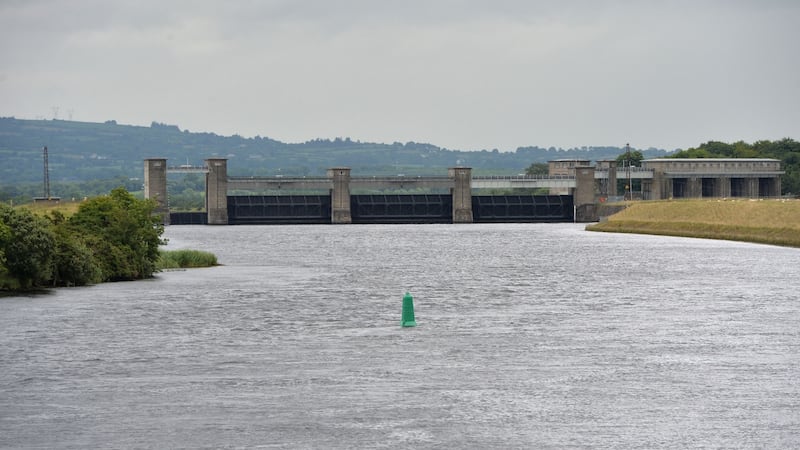Water quality in Ireland is getting worse after a long period of “relative stability and improvement”, a six-year study by the Environmental Protection Agency (EPA) has concluded.
Among the data gathered by the EPA for the report were the names Ireland’s “worst of the worst” water courses, which included nine river sites, 10 lakes and six estuaries.
The river sites include two sections of the Avoca river in Co Wicklow. The river is polluted by from the legacy of the Avoca mines, which closed in 1982. It is also polluted on lower stretches from decades of raw sewage from Arklow, which enters the river untreated in the absence of a waste-water treatment plant. Irish Water said a treatment facility is planned.
The other rivers are:
* The Aughboy in Co Wexford, which the EPA said is "under pressure from agriculture, domestic waste water and urban run-off".
* The Ahavarraga stream in Co Limerick, which has been noted for excess nutrients since 2015.
* The Kilmihil stream in Co Clare, which is being affected by waste water.
* The Kilgolgan river in Galway, which is under pressure from urban waste-water pressures form Loughrea.
* The Owenriff river in Co Galway, where run-off of phosphate fertiliser from forestry has been linked to poor ecological standards and had an impact on fish populations.
* Ballaghdoo in Co Donegal, where "discharges of a toxic nature" are suspected as the cause of this deterioration.
* Roechrow in Co Donegal, where excess nutrients have been identified.
According to the EPA four of the rivers – the Ahavarraga, Kilmihil, Ballaghdoo and Roechrow – have either been in bad or poor status since they were first assessed under the EU’s Water Framework Directive in 2009.
Two of the rivers have declined since the last assessment, the Kilgolgan river, which was previously moderate, and the Owenriff, which was previously deemed to be in good ecological condition.
Worst lakes
The 10 "worst of the worst" lakes are: Lough Alewnaghta which straddles the borders of counties Clare and Galway; Ballyquirke Lough in Co Galway; Lough Corglass in Co Cavan; Lough Egish in Co Monaghan; Lough Lickeen in Co Clare; Lough Macnean Lower in counties Cavan and Fermanagh; Muckno or Blayney in Co Monaghan; Lough Naglack in Co Monaghan; Lough Rinn in Co Leitrim; and Templehouse in Co Sligo.
The estuaries under pressure are Lough Donnell in Co Clare; Cuskinny Lake in Co Cork; Kilkerran Lake in Co Cork; Rogerstown Estuary in Co Dublin; Lady's Island Lake in Co Wexford; and Ballyteige Lagoon in Co Wexford.
The EPA's director of evidence and assessment, Matt Crowe, said the findings of the Water Quality Ireland Report 2013-2018 suggest that “positive trends have been reversed”, with the declining health of the State’s rivers a matter of “very serious concern” .
“Unfortunately this important natural resource is under threat from a range of human activities that cause water pollution and impact on the physical integrity of water bodies and water habitats,” the report says.
It notes agriculture, waste-water discharges, alterations to river flows and forestry, as well as pressures caused by peat extraction, mining and quarrying, are all having a negative impact on the health of water in Ireland.
“These activities, together with climate change, continue to threaten the quality and availability of water.”
Mary Gurrie, water programme manager with the EPA, said the overall increase in nutrient concentrations “is one of the most worrying developments for water quality”.
She said “excess nutrients come from human activities, predominantly our farms and waste water”.
“We need to address the sources and the pathways by which these nutrients make their way into our rivers and lakes. Good water quality is essential for out health and well-being.”
Minister for Local Government Eoghan Murphy said he welcomed aspects of the report showing “progress is being made”, but that he was “concerned” adverse trends previously reported by the EPA were continuing.
“It is now more important than ever that all sectors engage in this increasingly urgent situation and reduce their impact on water quality by delivering the necessary improvements in a timely and efficient way.”















